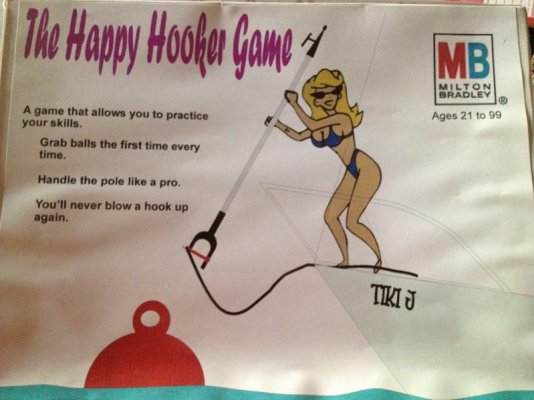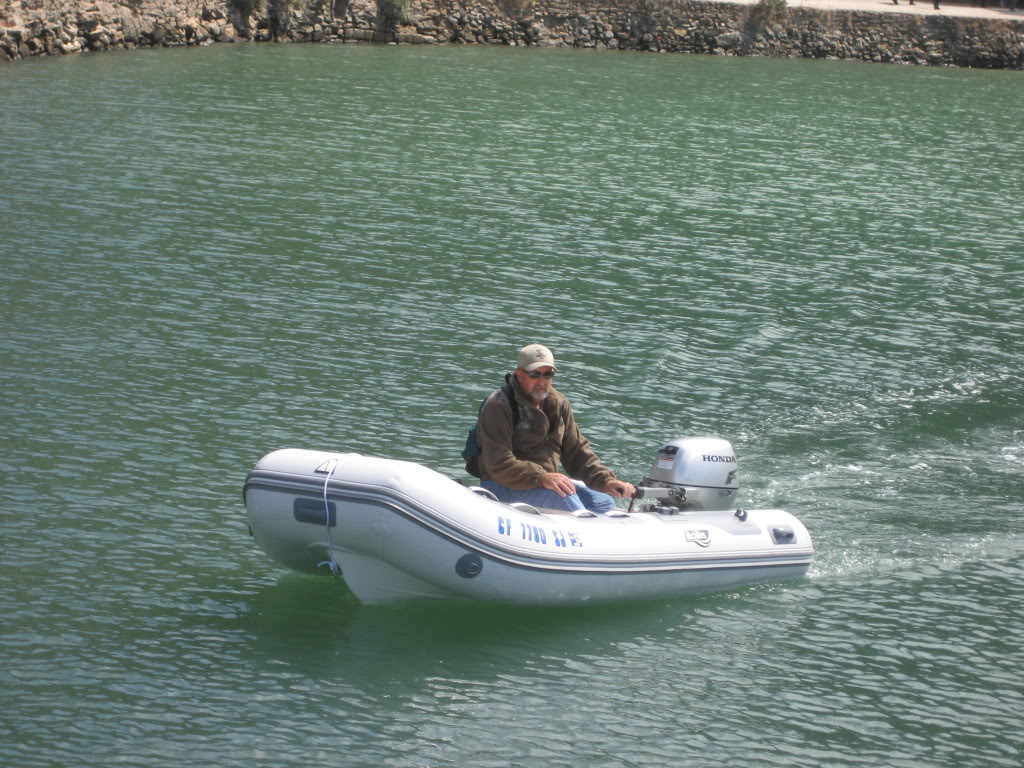That's a bargain. I just found a place on-line selling it for $750. For that amount I could have a Boeing machine shop make me one, test it in the wind tunnel, and have it certificated by the FAA.

But seriously, I just watched the Happy Hooker video and I think I know why people up here have so much trouble with them and why they are not popular here. Almost all the mooring buoys here have "floppy" rings. In other words, the rings are on the chains that pass through the mooring buoy and so the ring usually lies flat on top of the ball. Or if it is standing up, it's so loose that simply touching it will cause it fall over onto the buoy. This is true of the marine park buoys with their "pyramids" as well.
From the video it's apparent that the thing works best when pushed against something stable, like a stanchion. It needs that resistance to open the "gate" or whatever they call it. Plus the two legs of the "hook" have to be able to pass on either side of the thing you're putting the line around. But here there is nothing to push against since the ring is usually lying flat on top of the buoy or is drooped down over the top of the pyramid and the legs of the hook can't move past the ring for the same reason.
And if the ring is standing up, the slightest push against it will flop it over You can pick it up with a boathook, which is what most people do, but you can't push anything against the edge of the ring in such a way to snap around it which is how the Happy Hooker seems to work.
Too bad, actually, as I was starting to think this device might actually prove useful for threading our back-up line when we moor to a ball or a park buoy.




